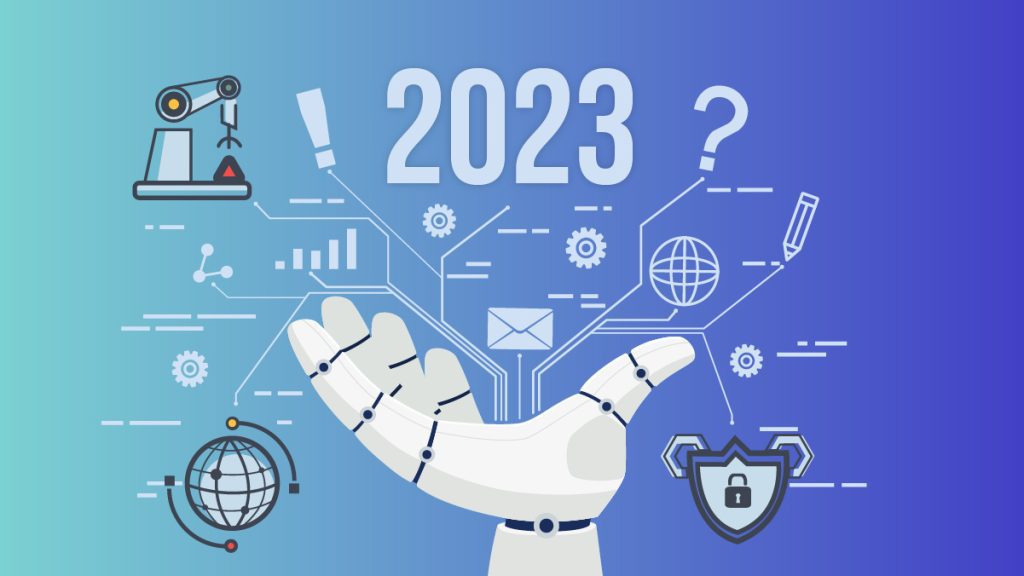
Operators must prioritize investments in the consumer and staff experience if they want to stay competitive. To minimize expenses and enhance customer and employee retention, they must simultaneously deliver efficient and productive operations. Leading telecom companies are successfully applying AI in telecoms technologies in these fields. The examples demonstrate how these solutions can be classified into various categories. They include self-healing, where problems are either avoided or fixed automatically, innovative coaching, store-of-the-future experiences made possible by machine learning-driven personalization, and other critical operational efficiencies.
The Time for AI in Telecoms Is Now
Applying AI can provide immediate and significant benefits because field and service operations make up 60 to 70 percent of most telecoms’ operating expenses. The sector has already seen cost pressure rise for more than ten years. The returns on investments in the necessary infrastructure barely keep up with the cost of capital. Now the industry must adapt to how people work and shop due to the pandemic, which has increased demand beyond all forecasts. At the same time, filling telco operations roles has grown more challenging due to a need for qualified workers and novel coronavirus types. Holding on to workers is more complex than ever, especially in the United States, where 40 percent of employees believe they’re likely to leave their current positions within the next three to six months.
Operators must prioritize consumer and employee experience investments to stay competitive. To reduce expenses and boost customer and employee retention, they must simultaneously offer efficient and effective operations. These are the areas in which leading telecoms are successfully implementing AI technologies. These solutions can be divided into several groups, as shown by the use cases. They include smart forecasting and scheduling, store-of-the-future experiences made possible by machine learning-driven personalization and another fundamental operational efficiency, self-healing in which issues are either avoided or resolved automatically, and intelligent coaching.
AI in Healthcare
One of AI’s most significant advantages is keeping people healthy, so they don’t need doctors as frequently. People are already benefiting from consumer health applications of artificial intelligence (AI) and the Internet of Medical Things (IoMT). Applications and apps for technology support the proactive maintenance of a healthy lifestyle and encourage individuals to adopt healthier behaviors. It gives customers control over their health and well-being. Additionally, AI improves healthcare personnel’s capacity to comprehend the daily routines and requirements of those they look after, enabling them to provide better feedback, direction, and encouragement for maintaining health.
AI is already being used to more precisely, and earlier, to diagnose diseases like cancer. Uplifting healthcare intelligence. The American Cancer Society claims many mammograms provide misleading results, telling one in two healthy women they have cancer. Mammogram reviews and translations can now be done 30 times faster and with 99 percent accuracy thanks to AI. Eliminating the need for pointless biopsies. AI is also being used with the growth of consumer wearables and other medical devices to monitor early-stage heart disease, allowing doctors and other caregivers to more effectively monitor and identify potentially fatal episodes at earlier, more curable stages. The sector must implement all relevant healthcare technologies to push the medtech sector forward.
As we age, diseases like dementia, heart failure, and osteoporosis are leading causes of death among our generation. Additionally, it is a stage of life where loneliness is a common problem. Robots have the potential to completely transform end-of-life care. Enabling patients to maintain their independence for longer and decreasing the need for inpatient care and nursing facilities. AI is making it possible for robots to go even further and interact socially with humans to keep aging minds sharp through “conversations” and other social interactions. The future of AI in healthcare is looking interesting.
Concluding Thoughts
AI in telecoms is not just a trend. It is a natural transition for many sectors. The world needs more technology to keep up with the dynamic demands of the people. Recent events only served to highlight the need for more technological solutions. You can solve many issues with a simple, innovative touch. AI can help various sectors improve efficiency, reduce costs, and keep up with the constant change around us. Ai is not only about the obvious, automation and robotics, etc. It is about genuinely innovative upgrades that will uplift the general work experience in a sector, and the future is bright.
Inside Telecom provides you with an extensive list of content covering all aspects of the tech industry. Keep an eye on our Intelligent Tech sections to stay informed and up-to-date with our daily articles.